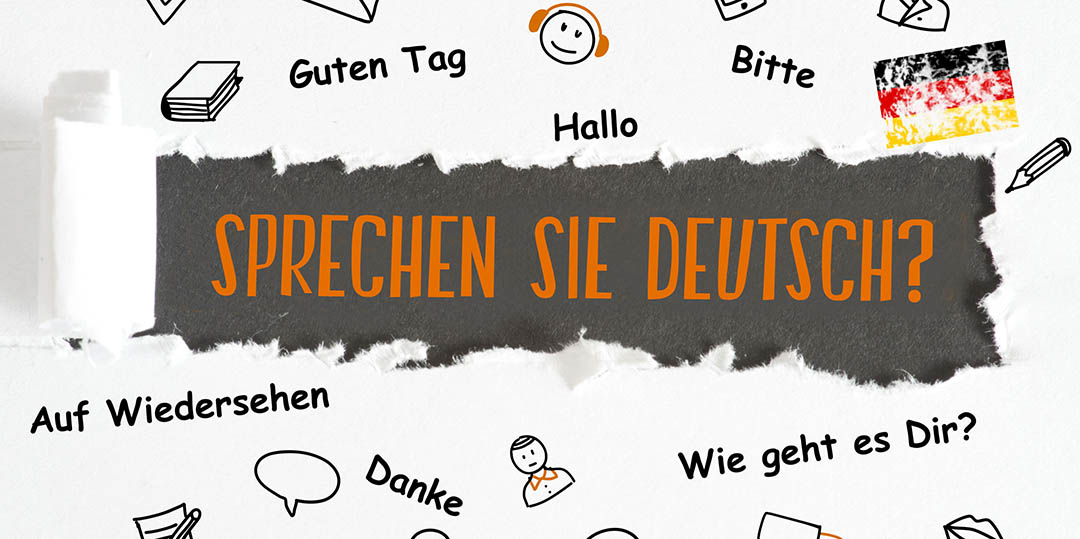
Understanding Different German Dialects
The German language is one of the most popular languages learned. There are over 90 million native German speakers, 20 million who speak it as a second language, and many who learn it as a foreign language. If you want to be among the German speakers, you can learn German online and in no time be as fluent as the native speakers.
German Dialects
With over 230 million German speakers worldwide, there are many German dialects, with linguists saying as many as 250 dialects exist. German is the official language of Switzerland, Lichtenstein, Luxemburg, Belgium, and Germany itself. It is also a minority language in countries like Slovakia, Poland, Italy, Russia, Kazakhstan, Brazil, and Denmark.
Each of these countries has its own dialect that differs from others. There are also different dialects within the countries. For example, Austrians and Germans can understand each other, especially when using Hochdeutsch. Most of the speakers use standard German Hochdeutsch, which is easily understood across most counties. Those who learn German online also learn Hochdeutsch.
You can learn about the different German dialects to get a leg up and enable you to communicate with the locals, effectively blending in. In this article, we will look at some of the most common dialects used in most parts.
Top 6 German Dialects
- High German (Hochdeutsch, standard German)
High German comes from Southern Germany, where the highlands and the Alps are. Hochdeutsch is the most common dialect, taught in schools, used on the TV or news. Those learning German online are taught this dialect, and it is used in many countries.
- Low German (Plattdeutsch, Niederdeutsch)
This dialect is spoken in northern Germany and parts of the eastern part of the Netherlands. Both Germans and Dutch people speak Plattdeutsch, and some think it doesn’t count as a dialect. Its pronunciation is close to that of Hochdeutsch, and its written form is also the same. This dialect is slowly disappearing with 700,00, a steep decline from the 1.4 million speakers from 20 years back. There are variants of the dialect spoken in the Ruhr area and around Hamburg.

- Bavarian German/ Upper German (Oberdeutsch)
Oberdeutsch is mostly spoken across the Southern parts of the country. It differs significantly from standard German in both pronunciation and spelling. Even native Germans find this dialect hard to understand. Learning the lingo is a challenging and lengthy process with a lot of variations of the standard language.
- Swiss German (Schwiizerdutsch)
Swiss German is a Switzerland dialect. This dialect differs a lot from the others. It is influenced by French and Italian, which are also official languages of Switzerland. Neighboring languages also affect pronunciation.
- Middle German (Mitteldeutsch)
Middle German is spoken in different ways all across middle Germany. It is the most widely spoken dialect spreading from Dusseldorf and Cologne in the west to Frankfurt and Berlin; it is also spoken in most of German’s major cities, except Hamburg and Munich. It includes other major dialects like Kolsch, Mainzerish, Hesisch, Berlinersch, etc.
- Austrian German (Osterreichisches Deutsch)
Austrian German differs slightly from the others. It has almost the same grammar, but it has a unique vocabulary. Much like British and American English, this dialect has different pronunciations and spellings, but Austrian and German speakers can understand what the other is saying.
—
These are just a few examples of the multiple German dialects used across different countries and within the countries. Descriptions cannot help you learn how the various dialects sound but online german courses can.
Language Bird is one of the online teaching sites that can help you learn German or any of the other 14 languages we currently offer. Download our free guide below to learn more about our unique approach to language learning.




